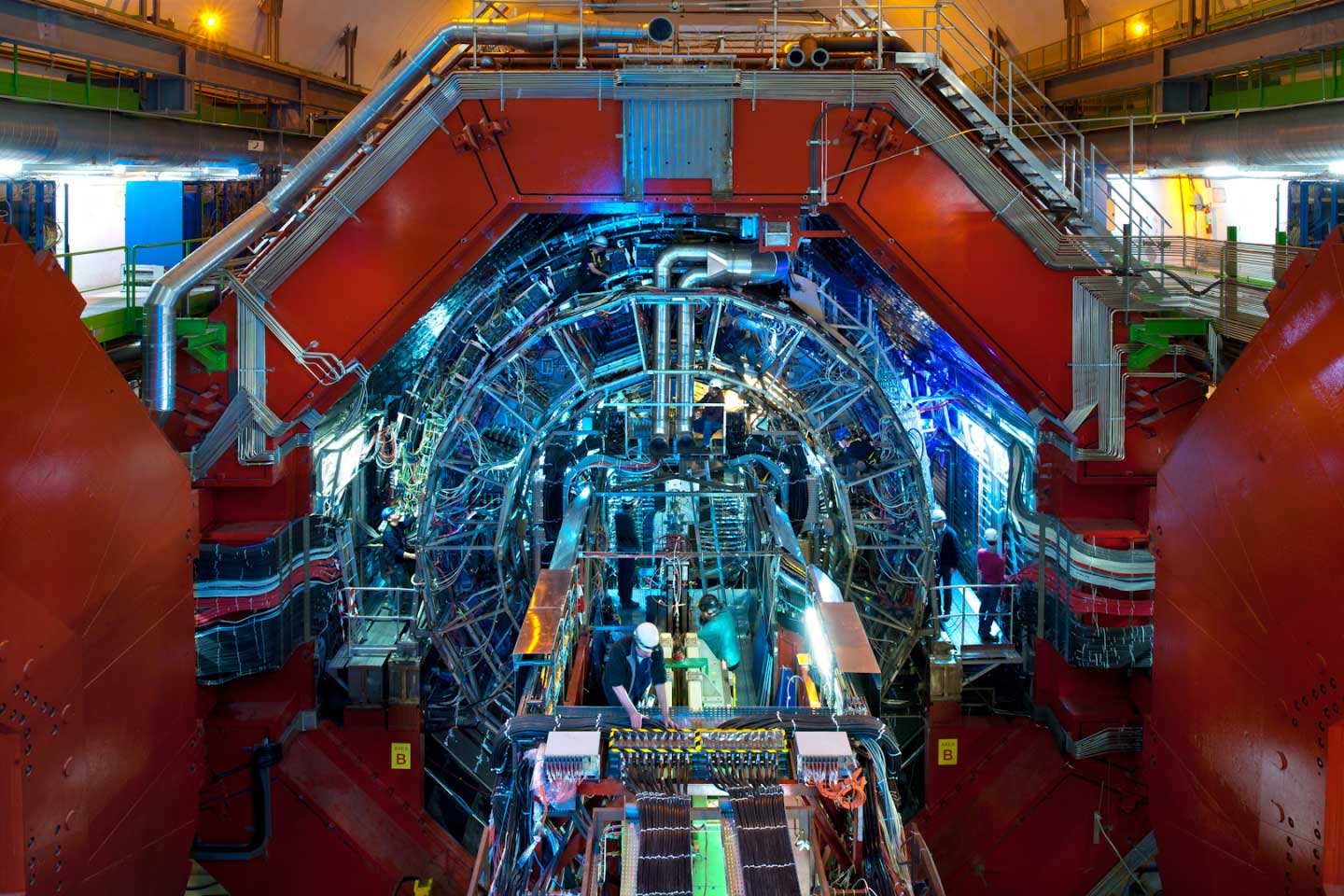For decades, astrophysicists have theorized that the majority of matter in our Universe is made up of a mysterious invisible mass known as “Dark Matter” (DM). While scientists have not yet found any direct evidence of this invisible mass or confirmed what it looks like, there are several possible ways we could search for it soon. One theory is that Dark Matter particles could collide and annihilate each other to produce cosmic rays that proliferate throughout our galaxy – similar to how cosmic ray collisions with the interstellar medium (ISM) do.
This theory could be tested soon, thanks to research conducted using the A Large Ion Collider Experiment (ALICE), one of several detector experiments at CERN’s Large Hadron Collider (LHC). ALICE is optimized to study the results from collisions between nuclei that travel very close to the speed of light (ultra-relativistic velocities). According to new research by the ALICE Collaboration, dedicated instruments could detect anti-helium-3 nuclei (the anti-matter counterpart to He3) as they reach Earth’s atmosphere, thus providing evidence for DM.
Continue reading “Anti-Helium Generated in the Large Hadron Collider can Help in the Search for Dark Matter”
